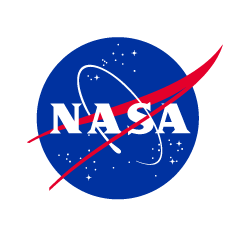Sub-Mesoscale Ocean Dynamics Experiment (S-MODE)
Mission Overview
A major difficulty in simulating Earth’s climate system is that there are interactions across scales, so that the large time and space scales can be sensitive to processes on small scales. As the computational resolution of global ocean models has improved, scientists have begun to suspect that kilometer-scale eddies and fronts, called “submesoscale” variability, have a net effect on ocean-atmosphere heat exchange that is larger than the heating from the greenhouse effect (Su et al. 2018). State-of-the-art computer models agree in predicting that these eddies have important long-term effects on the upper-ocean, but their predictions are sensitive to relatively small details in model physics and implementation. The resolution and detail of these simulations has surpassed our ability to ‘ground truth’ them with spaceborne or in situ sensors. There is thus a pressing need for a comprehensive benchmark data set on these submesoscale motions to address this important source of uncertainty in simulating the global ocean.
S-MODE will test the hypothesis that submesoscale ocean dynamics make important contributions to vertical exchange of climate and biological variables in the upper ocean. This will require coordinated application of newly-developed in situ and remote sensing techniques, and it will provide an unprecedented view of the physics of submesoscale eddies and fronts and their effects on vertical transport in the upper ocean.
Principal Investigator: J. Tom Farrar (Woods Hole Oceanographic Institution)
Science Investigation Manager: Paul Matthias (Woods Hole Oceanographic Institution)
Deputy PI for Science Data Analysis: Eric D'Asaro (University of Washington)
Deputy PI for In Situ Measurements: Andrey Shcherbina (University of Washington)
Deputy PI for Aircraft Measurements: Ernesto Rodriguez (NASA Jet Propulsion Laboratory)
EVS-3 Program Executive: Bruce Tagg (NASA Headquarters)
Program Scientist - Physical Oceanography Program: Nadya Vinogradova-Shiffer (NASA Headquarters)
EVS-3 Program Manager: Gregory Stover (NASA Langley Research Center)
EVS-3 Mission Manager: Jennifer Olson (NASA Langley Research Center)
S-MODE Project Manager: Erin Czech (NASA Ames Research Center)
S-MODE Deputy Project Manager: Sommer Nicholas (NASA Ames Research Center)













